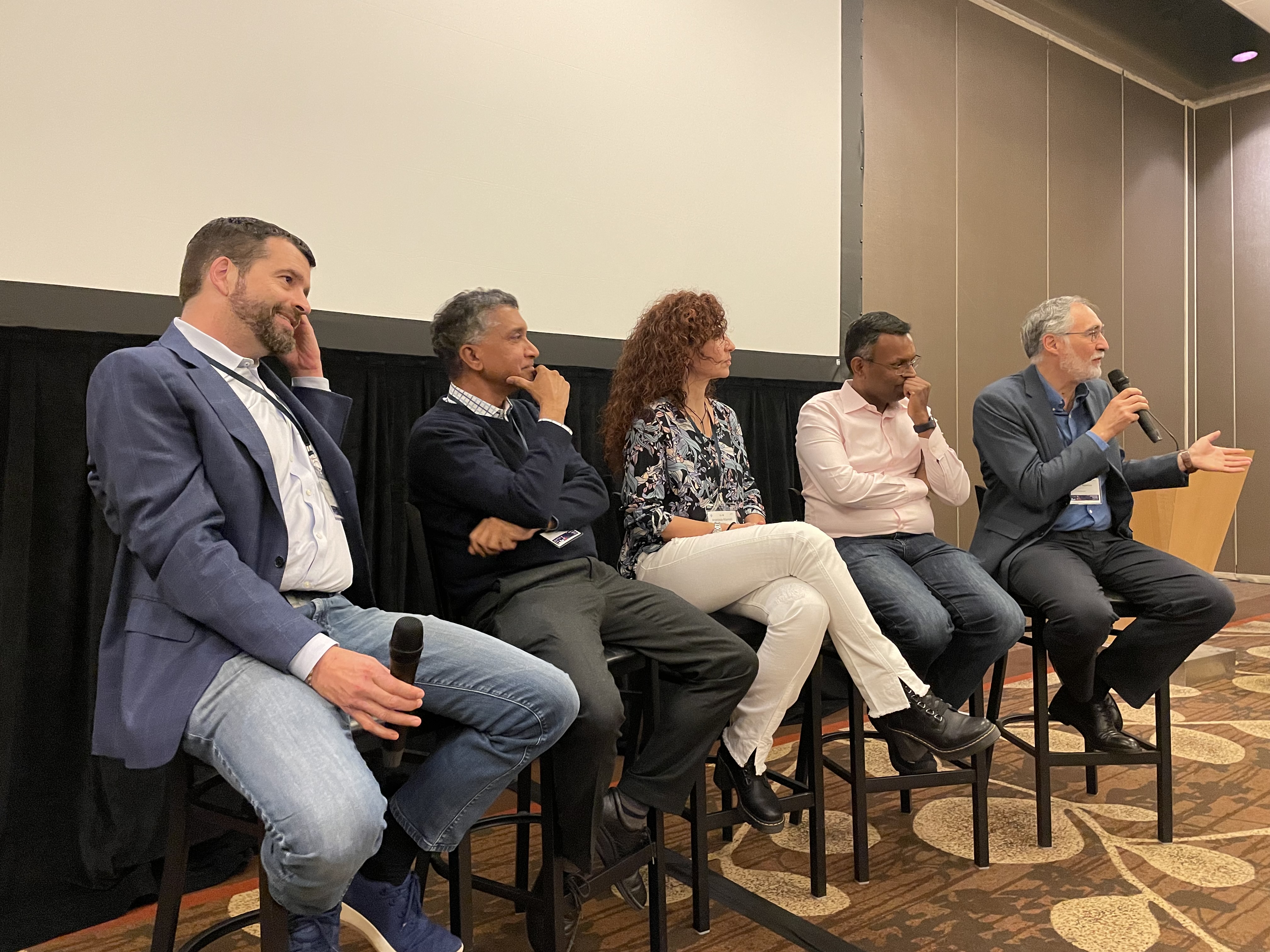Nezha: Deployable and High-Performance Consensus Using Synchronized Clocks

Nezha (VLDB'23) is a consensus protocol that leverages synchronized clocks to decrease latency and increase throughput. There is also a GitHub repo for the implementation of Nezha and TLA+ model associated with the protocol. Nezha's approach is to offload the traditional leader or sequencer-based ordering to synchronized clocks, achieving decentralized coordination without the need to rely on network routers or sequencers. Here, time synchronization is leveraged on a best-effort basis, with no impact on correctness. You guessed it right: there is a fast-path where the best-effort message ordering works, and the client waits for a super-majority quorum of replies ordered consistently. And then there is a slow-path that covers for the case where that fails. The evaluation suggests that Nezha outperforms previous protocols significantly, including an order of magnitude improvements in throughput. But the evaluations are performed with ideal conditions, and overloook the metastab






